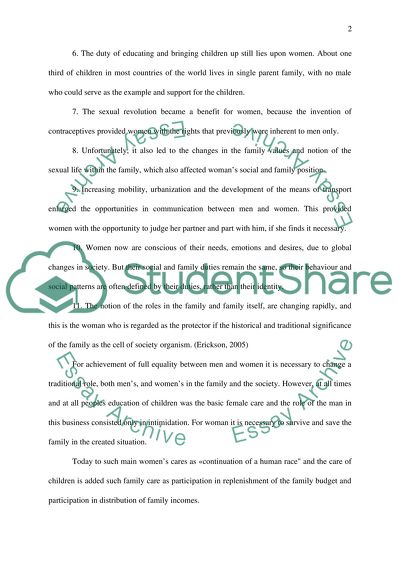Cite this document
(“Community care Essay Example | Topics and Well Written Essays - 1750 words”, n.d.)
Retrieved from https://studentshare.org/people/1521474-community-care
Retrieved from https://studentshare.org/people/1521474-community-care
(Community Care Essay Example | Topics and Well Written Essays - 1750 Words)
https://studentshare.org/people/1521474-community-care.
https://studentshare.org/people/1521474-community-care.
“Community Care Essay Example | Topics and Well Written Essays - 1750 Words”, n.d. https://studentshare.org/people/1521474-community-care.


